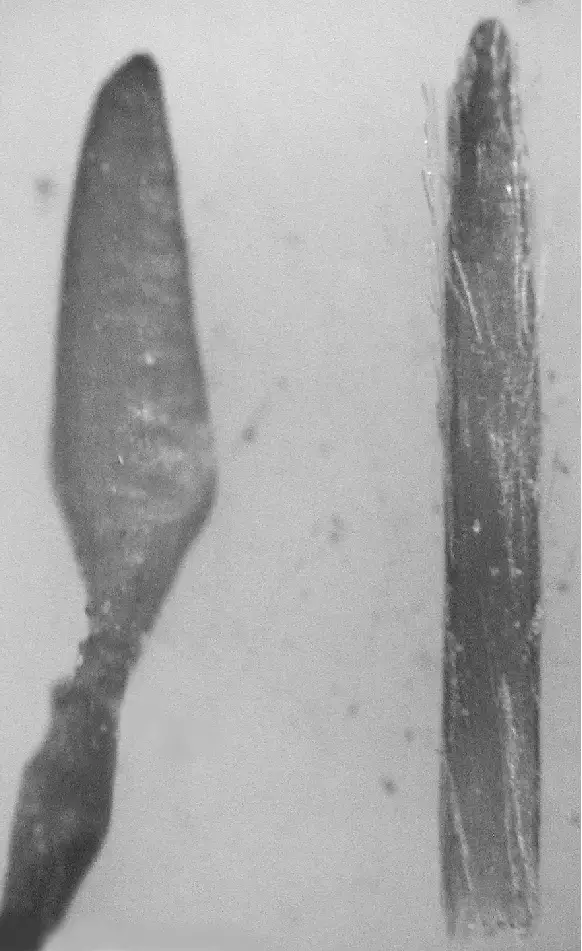
Distribution-of-Oligotrichum-falcatum-triangles-and-O-hercynicum-circles-in-Russia.png from: https://www.researchgate.net/figure/Distribution-of-Oligotrichum-falcatum-triangles-and-O-hercynicum-circles-in-Russia_fig1_274301334
Exploring the Fascinating World of Oligotrichum falcatum Steere Moss
Introduction
Mosses are often overlooked, but they play a vital role in many ecosystems around the world. One particularly interesting species is Oligotrichum falcatum Steere, a moss in the Polytrichaceae family. In this blog post, we’ll dive into the details of this fascinating plant, from its unique morphology to its global distribution and ecological importance.
Background
Oligotrichum falcatum Steere is a species of moss first described by William Campbell Steere in 1958. It belongs to the genus Oligotrichum and the family Polytrichaceae, which contains some of the largest and most complex mosses. The Polytrichaceae are in the class Polytrichopsida and the phylum Bryophyta.
Morphology and Identification
O. falcatum has a distinctive appearance that sets it apart from other mosses. Its leaves are falcate or sickle-shaped, curving to one side. The leaves have toothed margins and a prominent midrib. The stems can grow up to 10 cm tall and are topped by capsules that contain the spores.
Identifying O. falcatum requires close examination of its leaf shape, margin, and midrib. It can be distinguished from similar species like O. aligerum
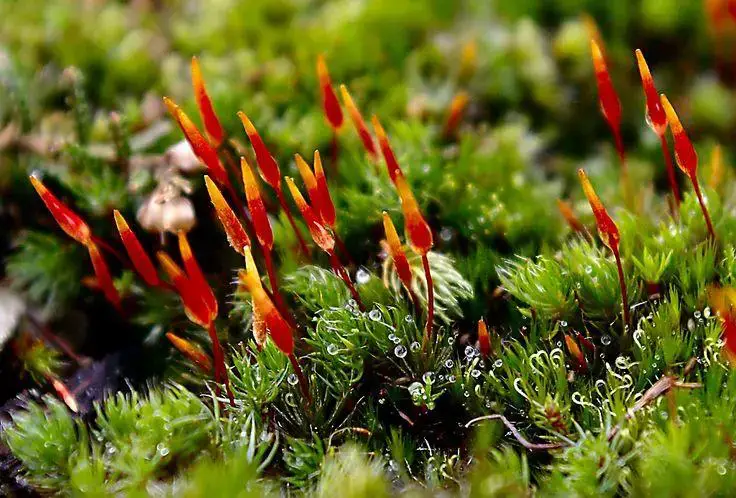
16a6fbee4330f8b50ca0d51ad78d701c–terrarium-plants-yorkshire-dales.jpg from: https://www.pinterest.es/pin/473089135826036476/
and O. parallelum by the degree of leaf curvature and teeth size.
Global Distribution and Habitat
Oligotrichum falcatum
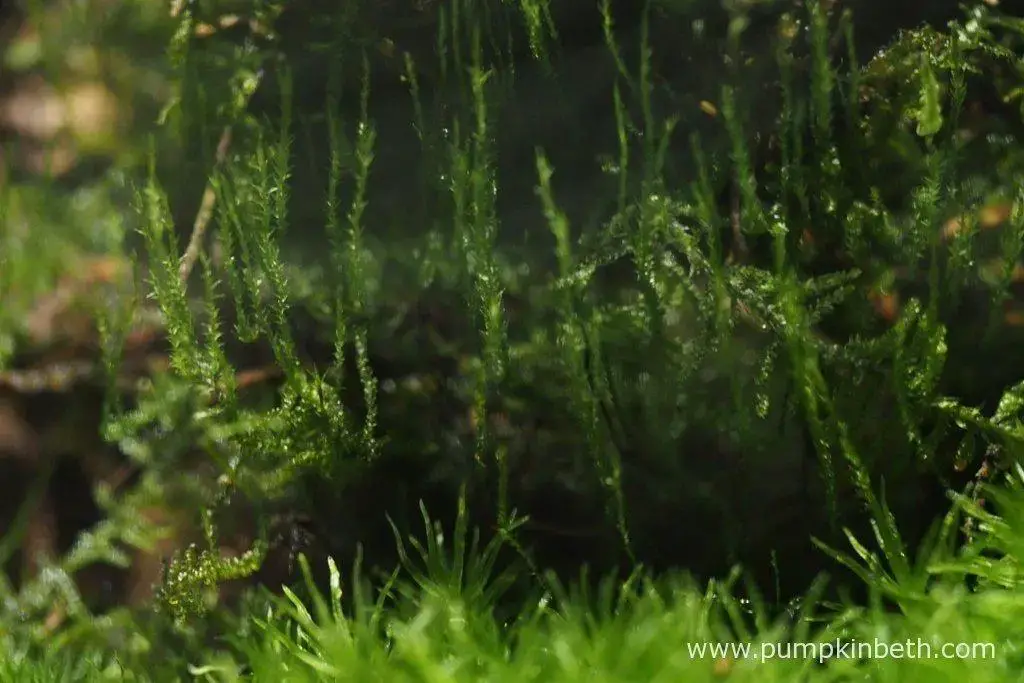
B9025221-1024×683.jpg from: http://www.pumpkinbeth.com/2016/08/orchids-biorbair-review-five/
has a wide global distribution, found in many temperate and boreal regions of the Northern Hemisphere. It occurs in parts of North America, Europe, and Asia
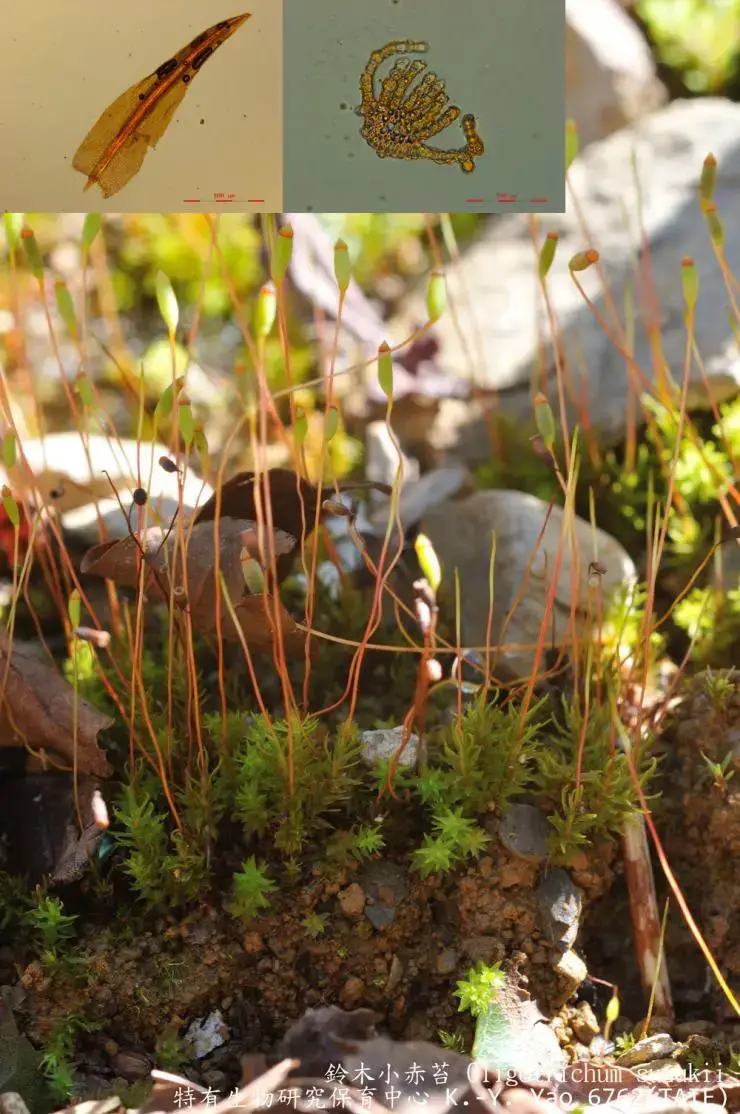
d7ed39c024675bbf3fd0017ade44b87f.jpg from: https://taieol.tw/muse/digi_object/50ac8e12d5d165847a5efd2c2ebc025c
. The moss typically grows on exposed, acidic soils in open habitats like roadside banks, cliffs, and alpine areas.
In North America, O. falcatum ranges from Alaska to Newfoundland, extending south to the mountains of
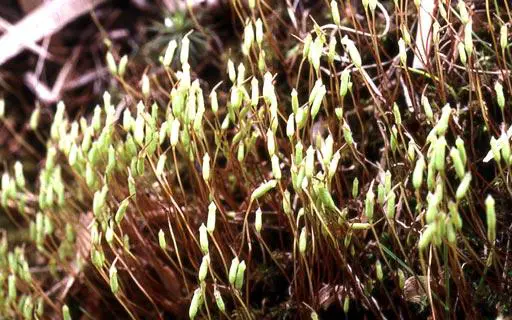
Oligotrichum-aligerum06L.jpg from: https://digital-museum.hiroshima-u.ac.jp/~museum/habit/moss_habit/Oligotrichum aligerum/Oligotrichum_aligerum.html
California, Utah, Colorado, and North Carolina. It is considered uncommon to rare across much of its range.
Ecological Roles and Adaptations
Like other mosses, Oligotrichum falcatum

2aa49460-4a72-4fe4-8e9e-874570ba9922__88519.1646760645.jpg from: https://www.orchidweb.com/orchids/bulbophyllum-cirrhopetalum/species/bulbophyllum-falcatum-standing-tall-am-aos
plays important roles in its ecosystem:
- Helps prevent soil erosion by stabilizing exposed soils
- Retains moisture and regulates temperature of soils
- Provides shelter and food for invertebrates
- Acts as a pioneer species, allowing other plants to establish
O. falcatum has several adaptations that allow it to thrive in its niche:
- Thick midrib and toothed leaf margins help retain moisture
- Waxy cuticle on leaves prevents water loss
- Rhizoids anchor the moss to the substrate
- Spore dispersal enables colonization of new areas
Conclusion
Oligotrichum falcatum Steere is a prime example of how even tiny, inconspicuous organisms can be captivating when you take a closer look. From its sickle-shaped leaves to its global distribution and ecological roles, this moss is a fascinating subject for botanical enthusiasts. The next time you’re out in nature, take a moment to appreciate the miniature world of mosses at your feet. What other amazing bryophyte adaptations might you discover?